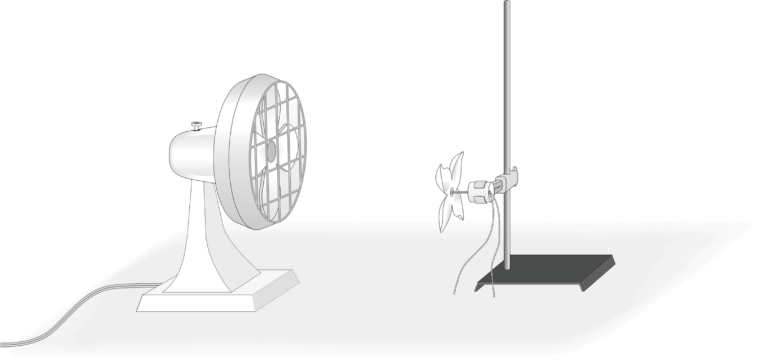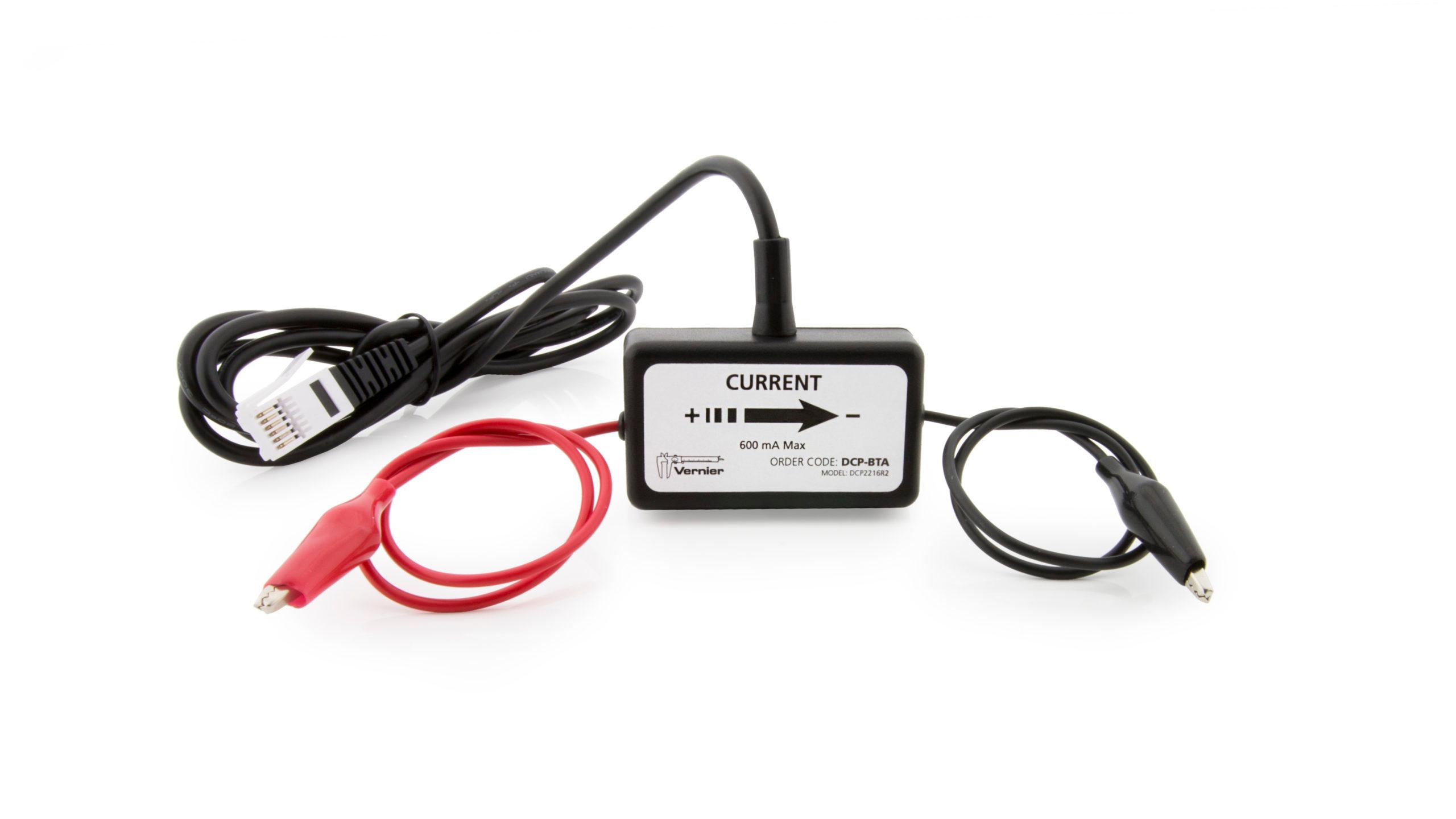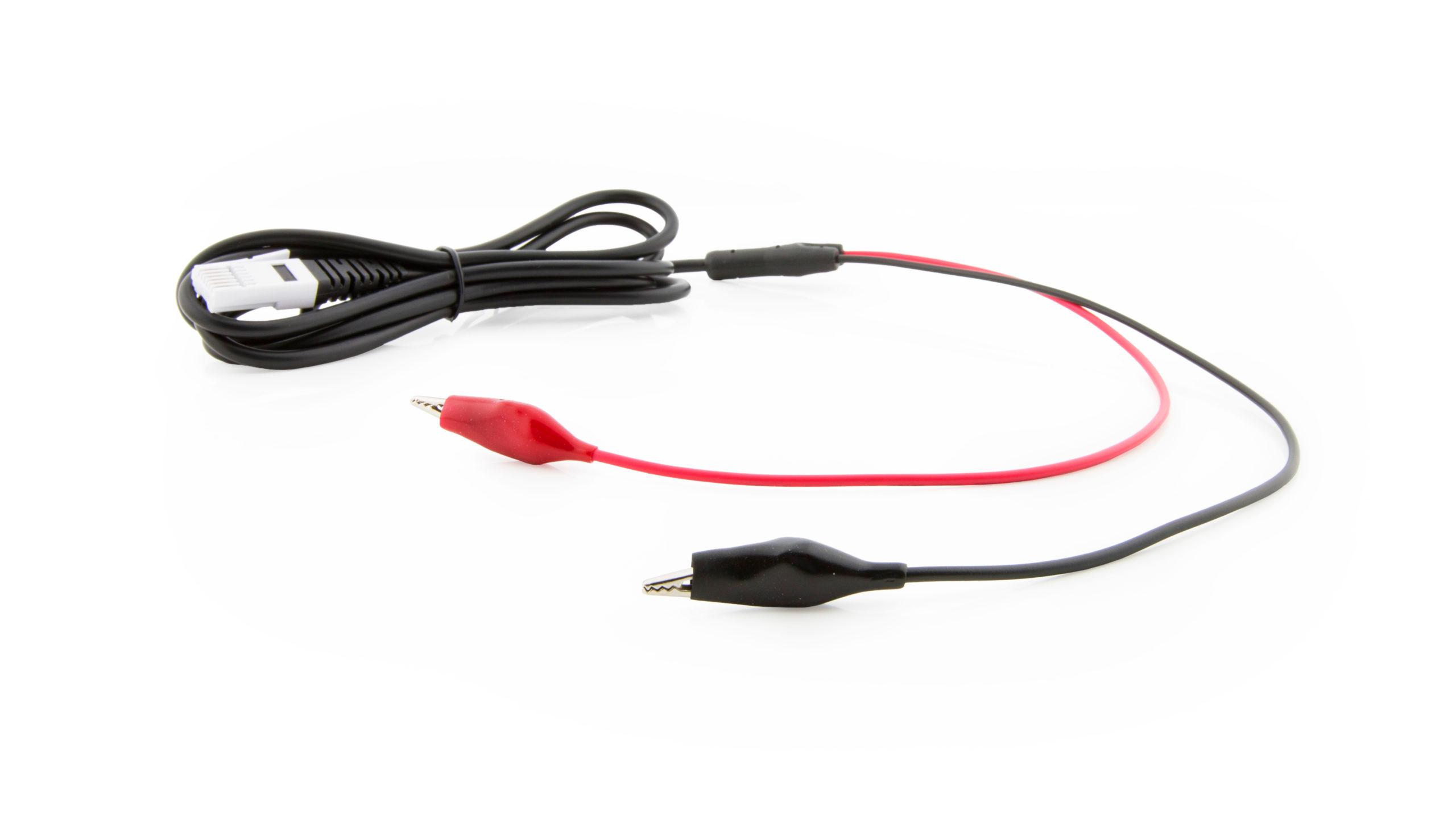Wind Power
Experiment #28 from Investigating Environmental Science through Inquiry
- Subject
- Environmental Science

Introduction
Power from the wind has become an increasingly popular option for electricity generation. Unlike traditional energy sources such as coal, oil, and gas that contribute large quantities of carbon dioxide to the atmosphere, wind power relies on a non-polluting, renewable, ever-present resource—the wind. In recent years, the cost of harnessing energy from the wind has become more affordable making it a viable alternative for many communities.
A wind turbine generally consists of a two- or three-bladed propeller made of aluminum or fiberglass mounted on the top of a tall tower. It converts energy from the mechanical energy of moving air to electrical energy by means of a generator. The wind causes the shaft of the turbine to spin which in turn causes a generator to produce electricity.
Objectives
In the Preliminary Activity, you will determine the power output of a wind turbine that you build. You will use a small motor as a generator and a pinwheel as the turbine. The power output of the pinwheel can be determined by measuring the current and voltage produced by the motor. Power is determined using the relationship
Where power has units of watts (W), voltage has units of volts (V), and current has units of amperes (A).
After completing the Preliminary Activity, you will first use reference sources to find out more about wind power before you then choose and investigate a researchable question.
Sensors and Equipment
This experiment features the following sensors and equipment. Additional equipment may be required.
Ready to Experiment?
Ask an Expert
Get answers to your questions about how to teach this experiment with our support team.
- Call toll-free: 888-837-6437
- Chat with Us
- Email support@vernier.com
Purchase the Lab Book
This experiment is #28 of Investigating Environmental Science through Inquiry. The experiment in the book includes student instructions as well as instructor information for set up, helpful hints, and sample graphs and data.



